Photos courtesy of Michele Overton Manwarren.
Somewhere back in the swamp past the kayak put in at the end of Buffalo City Road off US 64 in East Lake, what was once the heart and soul of Buffalo City is still there. The sawmill is still there, and there are some parts of the old pulp mill, although there is not much left of anything else. Almost all of the buildings were wooden, and the swamp has reclaimed the wood.

At one time, according to a number of records, there were a few miles of railroad tracks running through the swamp and forests. The evidence is still there—the short trail at the end of Buffalo City Road was an old railroad bed.
Somewhere back among the swales, bogs, snakes, and alligators, there’s the old transfer dock, where the logs would be offloaded from the train to a barge that would go down Miltail Creek, out to Alligator River and finally across Albemarle Sound to Elizabeth City.
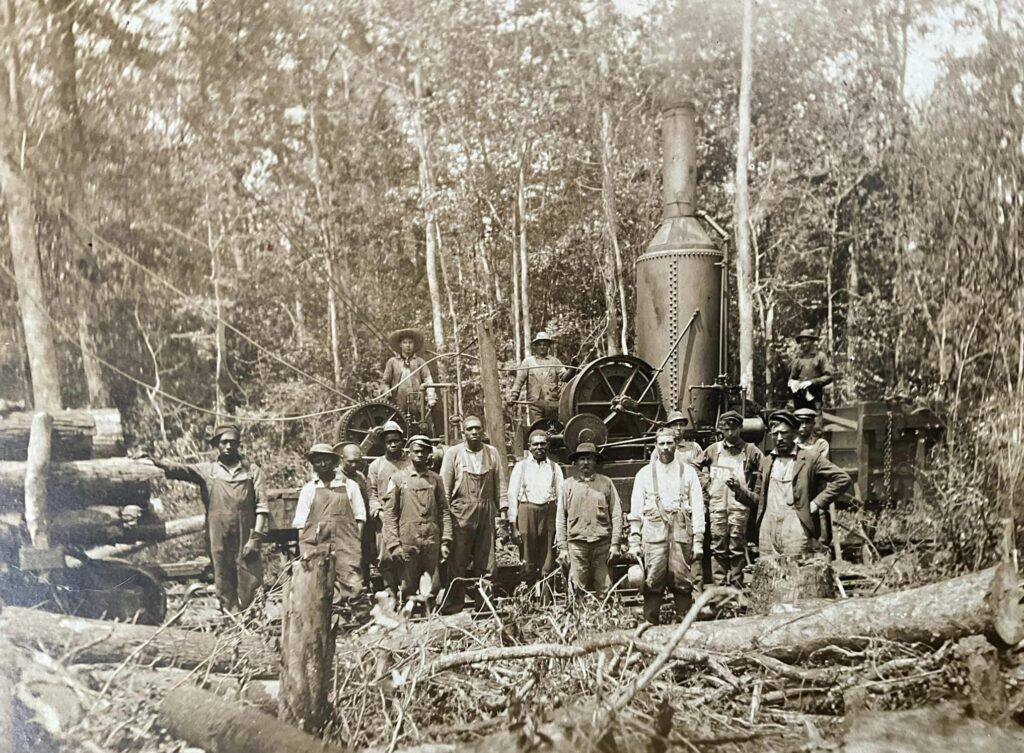
For about 40 Years Buffalo City was a thriving, if small, logging town. There are stories told that at one time, its population numbered into the 1000s, but there is no evidence of that in census records. Its greatest population was probably around 500—that was when the Russian immigrants were part of the town’s population, brought to North Carolina because of their expertise in logging.
It got its name from the Buffalo Timber Company, the first company to log the swamps. They came for cypress, juniper, and sweet gum trees, and the market was booming. An American middle class was emerging, and home construction had shifted to wooden frame construction and away from traditional means of building that included hand-hewn frames and log cabins.
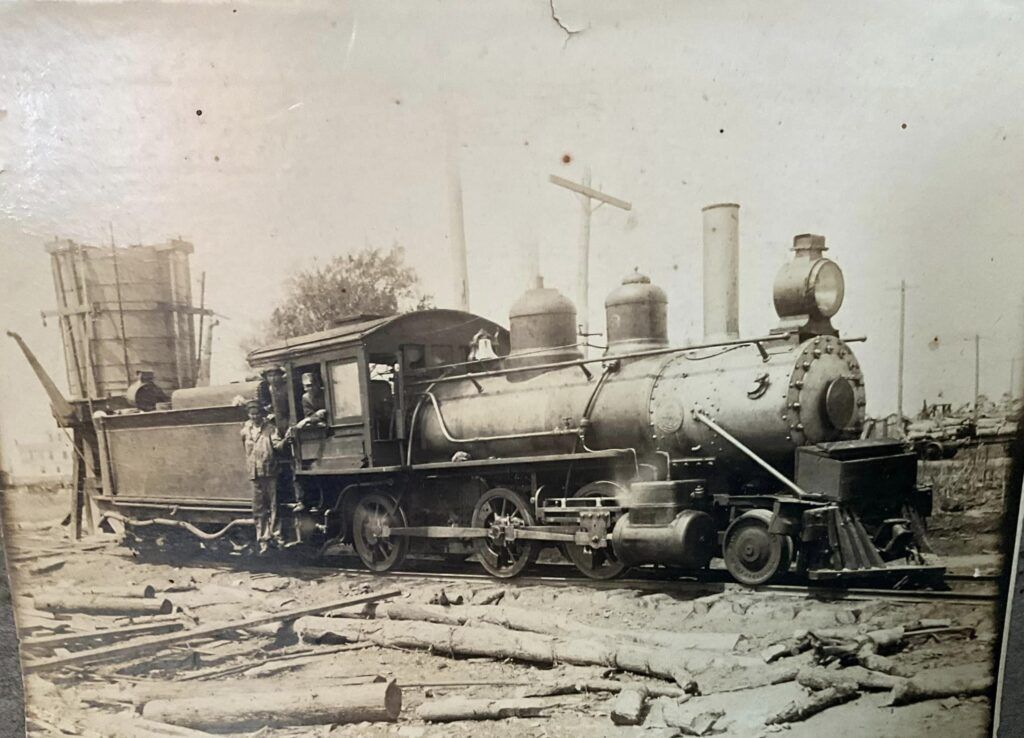
The Buffalo Timber Company imported Russian workers and hired African Americans to work in the swamp. By all accounts, it was a miserable place to work. In the summer, the yellow flies made the heat and humidity even more intense. Snakes and alligators roamed in huge numbers in the swamps.
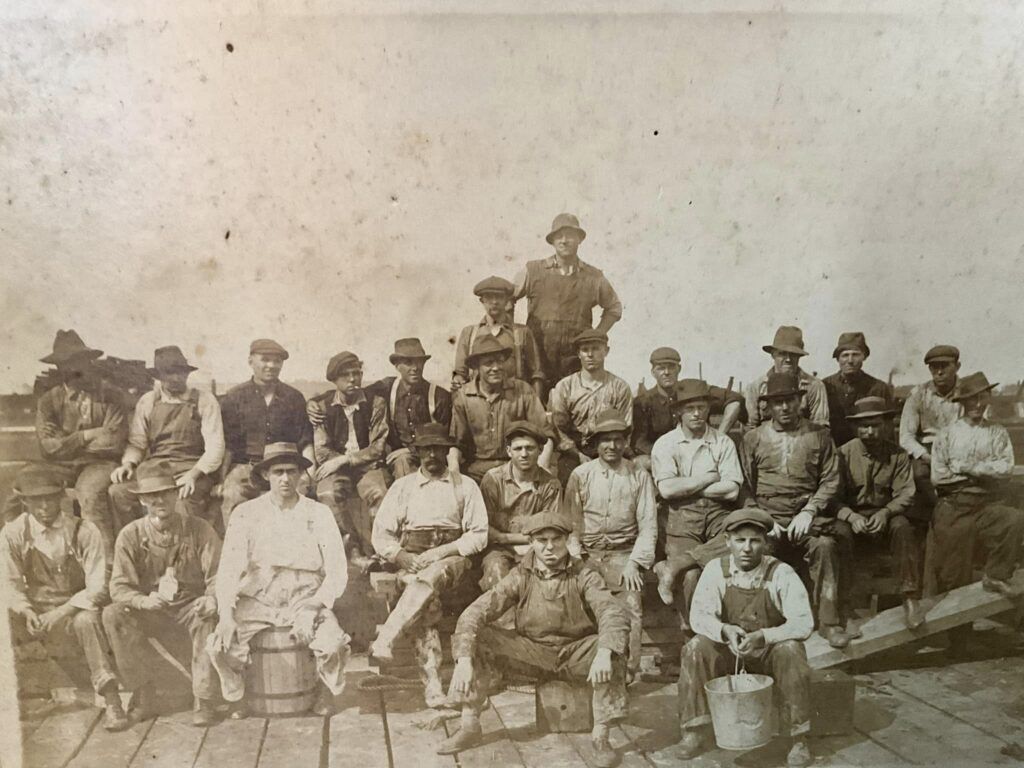
The homes were often constructed of rejected timber. They were well-made, but a number of accounts recall how slapdash they looked.
It was a segregated town, or at least as much as a town with a population of 500 could be. The railroad track ran through the middle of the town. On each side of the track were the red houses where the white workers lived. Behind the red homes were the white houses of the Black workers. However, in a departure from common practice in the South in the late 19th century, it appears as though Black and white workers were paid the same wages.
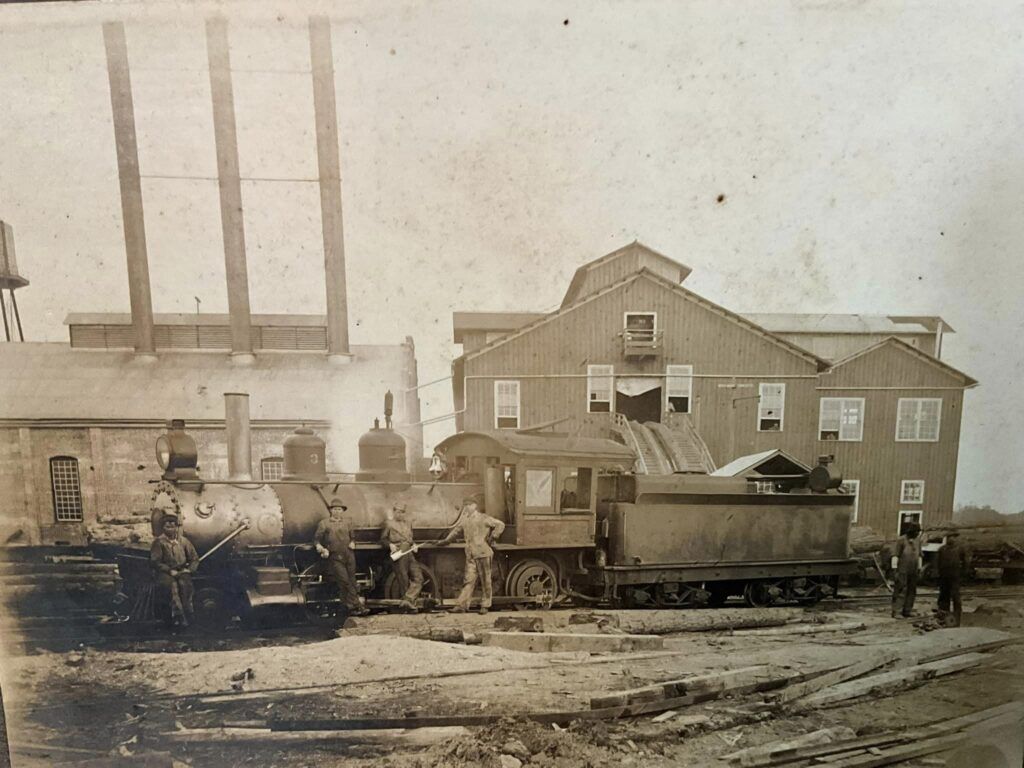
The Buffalo Timber Company logging operation cleared the swamp of what was the easier timber to get to, then closed their operation in 1903. The Dare Lumber Company—owned by the Duval, a local family—bought the land from the Buffalo Timber Company and resumed logging operations in 1907.
Again, the trees were over-logged, and by 1920, logging operations had come to a close.
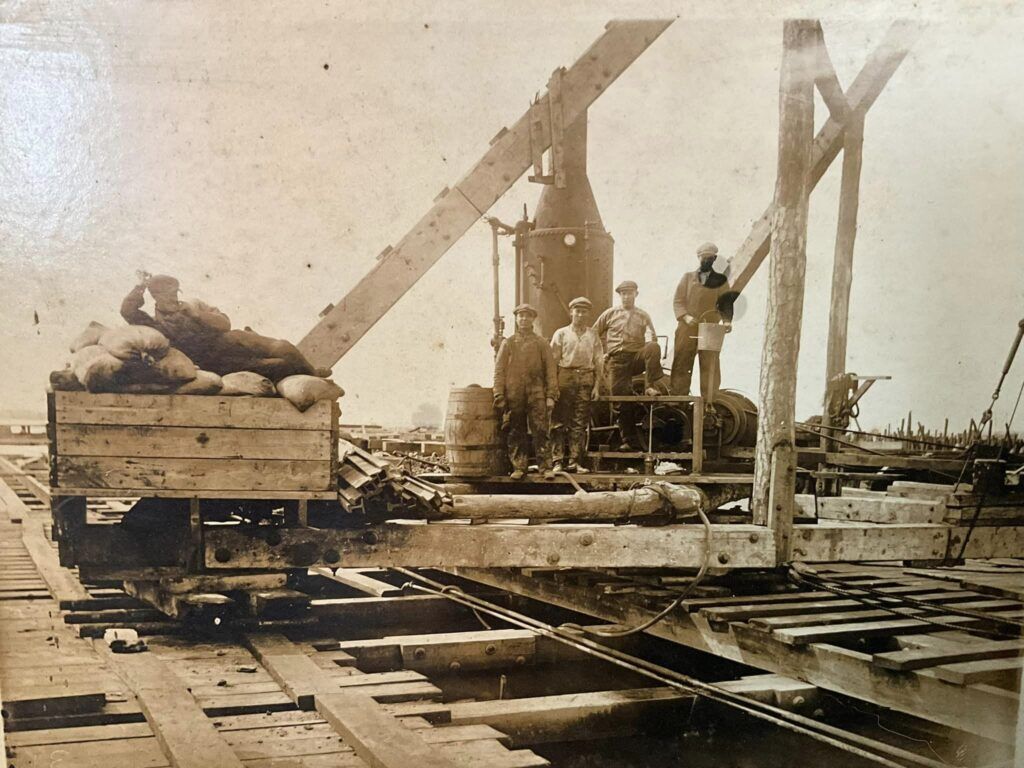
But the US Government stepped in and gave the Buffalo City residents a gift. On October 27, 1919, Congress overrode President Wilson’s veto of the Volstead Act, and on January 1, 1920, the sale of any alcoholic beverage in the United States was prohibited…and Prohibition began.
Isolated with no roads leading to it and a tight-knit community that was fiercely protective of one another, Buffalo City was the perfect place to make some moonshine. But this wasn’t just any moonshine. What came out of Buffalo City was, according to numerous accounts, a good aged rye whiskey.
It was so good that it had a name, “East Lake Whiskey,” and legend has it that Buffalo City’s finest was asked for by name in its primary East Coast Market from Philadelphia and south.
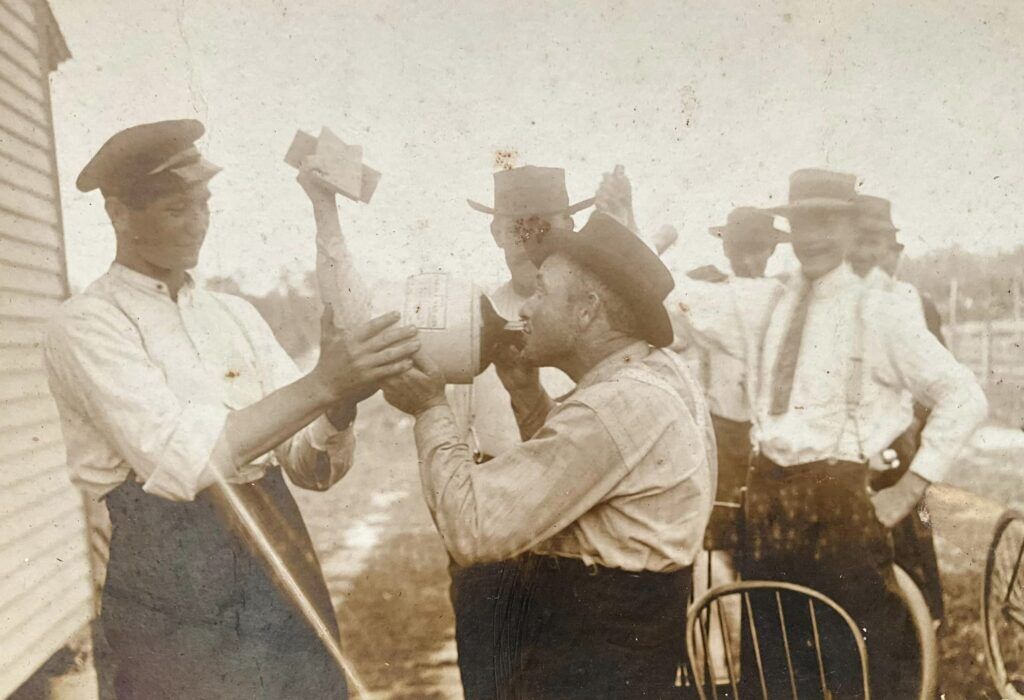
There was plenty of evidence of what was happening during the 13 years of Prohibition. Hundreds of pounds of sugar and rye by the bushel were arriving regularly at the dock on Milltail Creek. Stories have been told that to move the whiskey from the town to market, the bottles would be stoppered and sealed and towed behind the boat making the run to Elizabeth City. The line would be cut if they were stopped and a search looked imminent.
It was too good to last. In 1933, at President Franklin Roosevelt’s (strong) urging, the Volstead Act was repealed, and liquor was once again legal.
There wasn’t much hope for the town after that. After WWII, lumbering had a brief rebirth, but in 1954 it all ended.
“The Buffalo Cedar Mill, which has been operating in Buffalo City since 1949, has about two weeks of work left before their work will be completed,” the Coastland Times reported in their May 14, 1954 edition.
